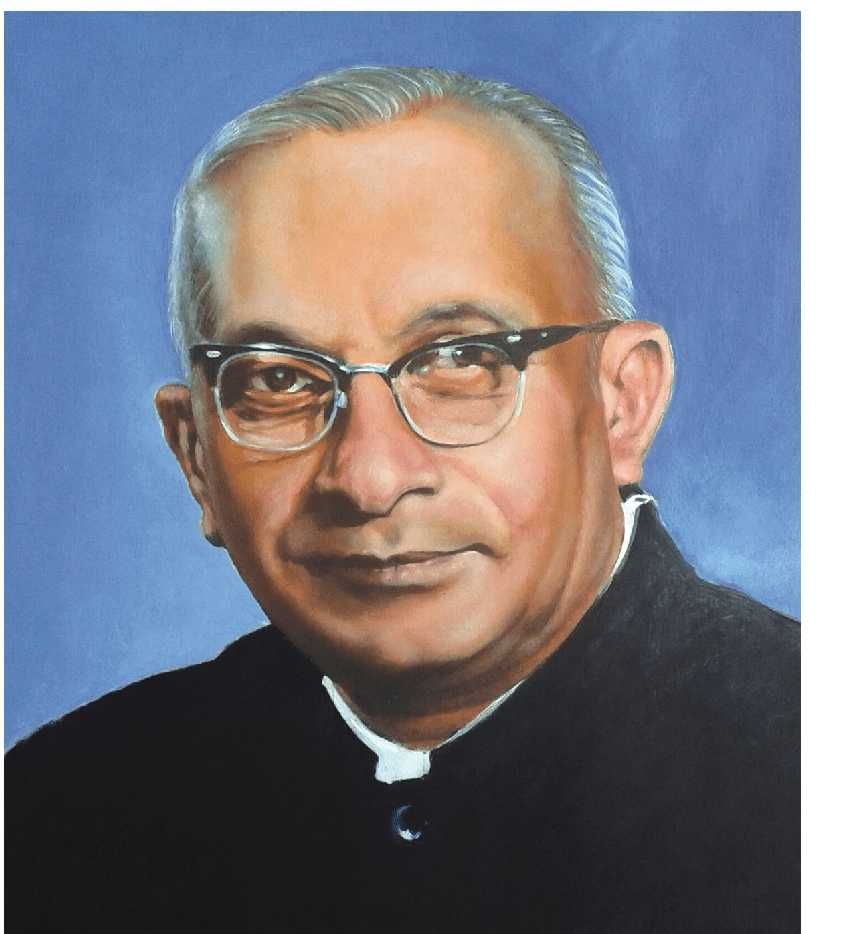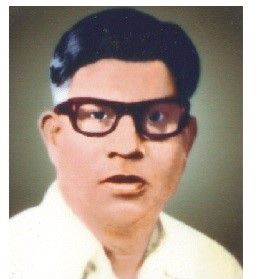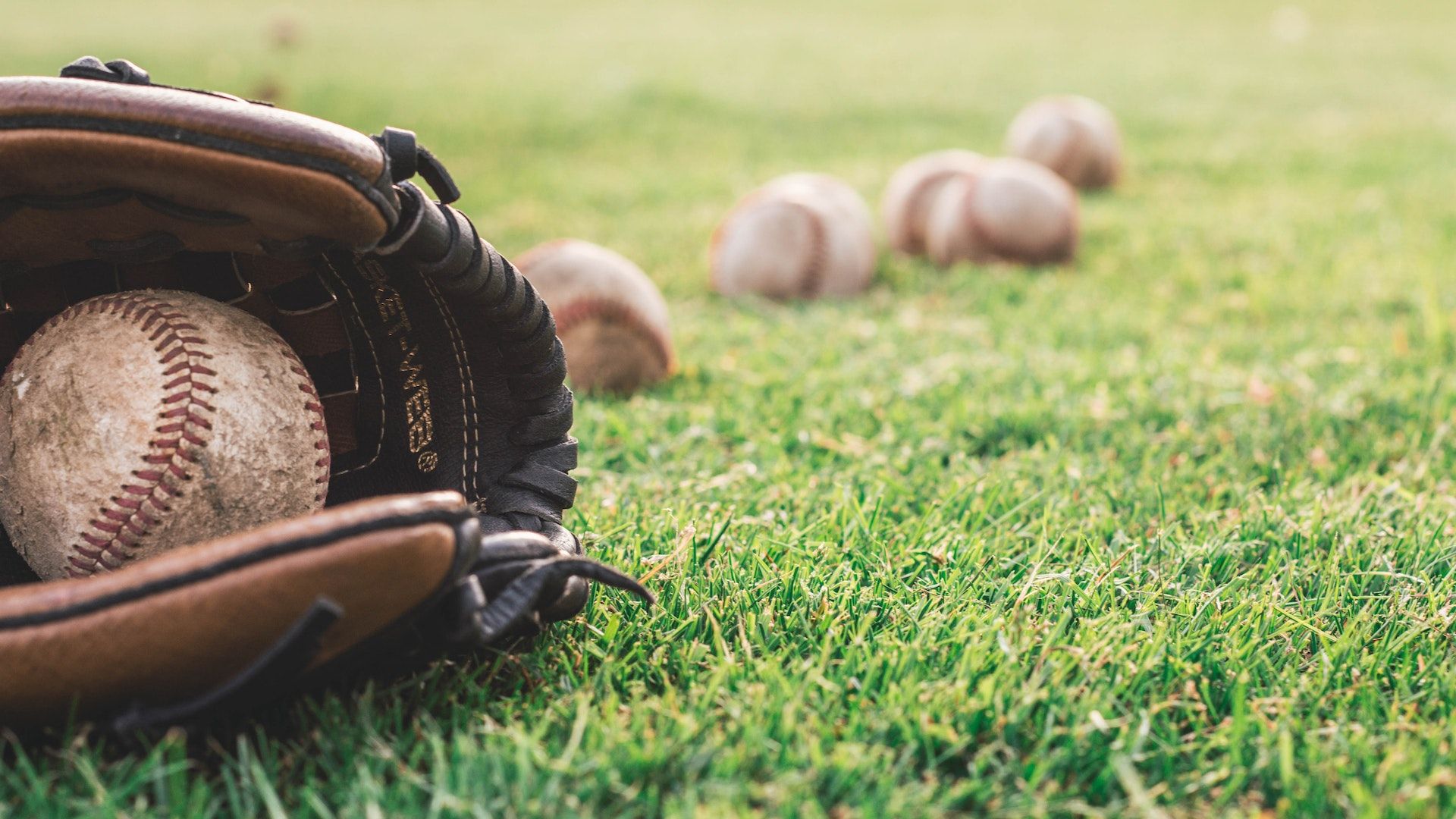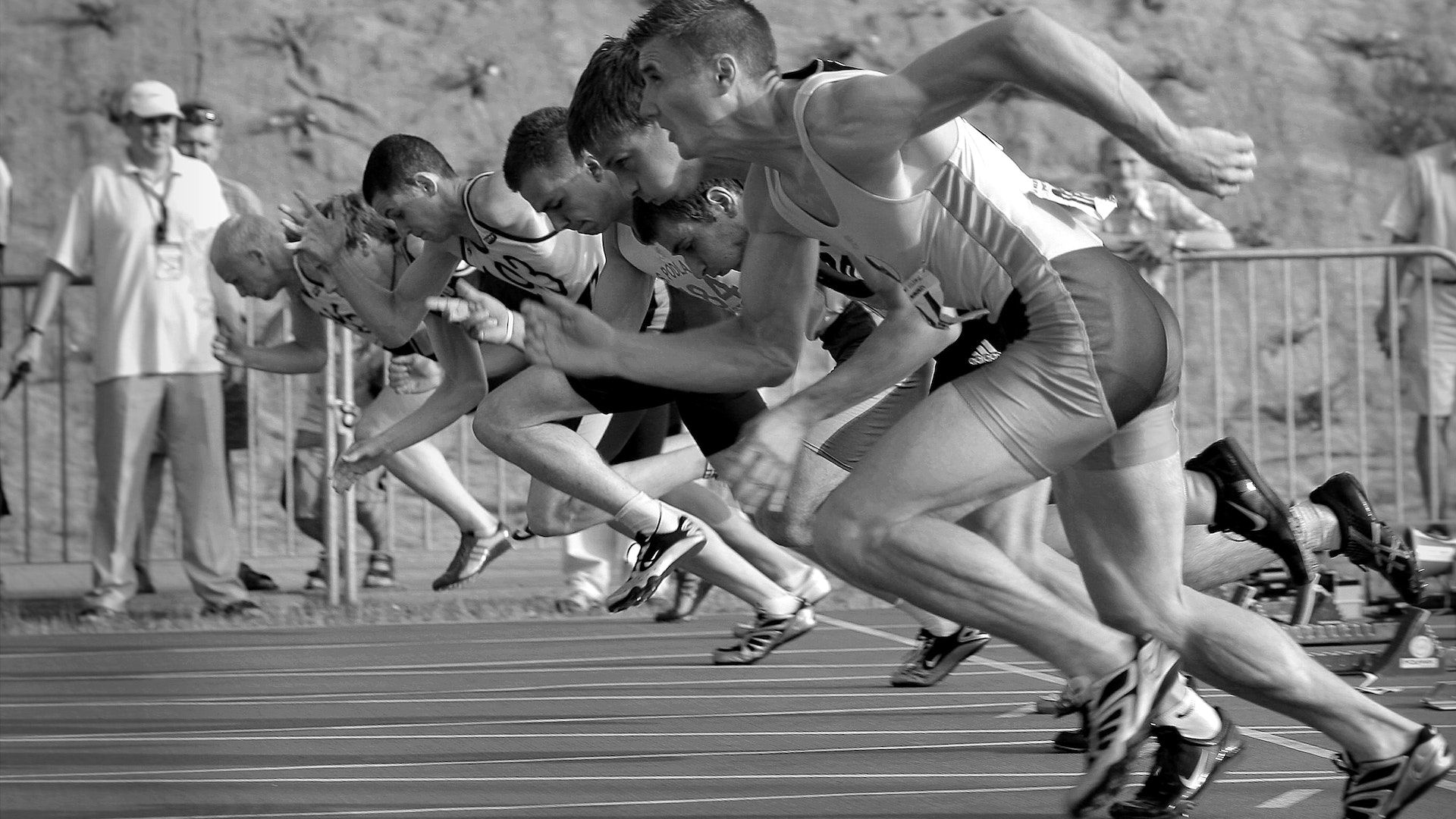Our Inspiration

Karmaweer
Late Shri. Dadasaheb Kannamwar
Ex-Chief Minister
Maharashtra

ESTD : 1984
Village Uplift Society's
Annasaheb Gundewar College
(Affiliated to Rashtrasant Tukadoji Maharaj Nagpur University, Nagpur)
AISHE Code : C-18880 ; ISO 9001:2015 certified
Gundewar Marg, Katol Road, Chhaoni, Nagpur - 440013 Maharashtra
Re-Accredited by NAAC (3rd Cycle)
Listed u/s 2f & 12(B) Act of UGC, New Delhi
Our Inspiration

Loknete
Late Shri. Annasaheb Gundewar
Hashtag going forward plagiarism West Seattle Blog Nook the power of the press belongs to the person who owns one Gannett get me rewrite project thunderdome.
Sports
About the Sports and Physical Education
Physical Education and Sports is one of the important yardsticks and also integral part of education for any country at any point of time. Thus, each country should try to set out a framework of action plan for promotional development of physical education and ports paradoxically, sports is witnessing a spectacular boom in the media sportlight all over the world including India while it is being seriously neglected within the educational system. Physical education act as well as the provision of resources for the nation and in the construction of evaluation system in education developments and it promotes the development physical education in a country. At present compare to earlier year and now we can come across the decline of physical education in education . Compare to the present is one needs to overcome the structure status in around to develop the overall discipline in physical education and sports
Mission:
“To give all students opportunities and experience to the achievement of total wellness and result in a longer and healthier life”

Vision:
Every child will be
• offered the opportunities to engage in worthwhile and meaningful activities which promote active and healthy lifestyles in pre-k through grade 12.• Participate in fitness assessments that provide valuable reflection of past and current ability levels in addition to serving as the basis for determining future potential.
• Learn how to make healthy choices as they relate to the total health of one’s own body.
• Cultivate an appreciation for the importance of creative movement as it reflected to everyday living.
• exhibit and have modeled for him or her good sportsmanship / etiquette on and off the playing field.
• Have the opportunity to develop an appreciation for the differences found in others.
• Have the opportunity to choose coursework at the high school level that meets his or her interested and severs as an appreciation for differences growth and creativity.
• Learn to be a spectator, and to see the value our culture places on sports performance.
Objectives
• To ensure ‘Mass Participation’ of students in games & sports.
• To motivate students to achieve health, fitness & social qualities.
• Special efforts to take games and sports to the tribal areas which dominate the university jurisdiction in order to harness and develop physical skills and capabilities of tribal students.
• To achieve excellence in sports performance.
• To create standard sports infrastructure.
Training Programme:
Sports Training Programme:Sports training is a special process of preparation of sports persons based on scientific principles aimed at improving and maintaining higher performance capacity in different sports activities. It is a particular type of training designed to improve fitness and abilities to perform in a given sports. It includes strength in training corrective and restorative exercises conditioning and cardiovascular training. It also includes mental and psychological training and advise on nutritional values.
Objectives of Sports Training:
•Improvement of physical fitness
•Acquisition of sports skill
•Improvement of physical efficiency
•Improvement of mental abilities

List of Directors: Dr. B.V. Shrigiriwar
Sports and Physical Education:
Instruction in the development and care of the body ranging from simple calisthenic excercises to a course of study providing training in hygienic, gymnastics, and the performance and management of athletics games.
Sports and Physical Education Committees:
| Sr no | Name | Designation |
| 1 | Dr. Gajanan B.Patial | Chairman |
| 2 | Mr. Sundar Ayyar | Member |
| 3 | Dr. Sudhir Bhivapurkar | Member |
| 4 | Mr. Behram Patel | Member |
| 5 | Mr. Vijay Vaidu | Member |
| 6 | Dr. B.V. Shrigiriwar | Co-Ordinator |
| 7 | Dr. P.D.Deshmukh | Member |
| 8 | Prof. Nilesh Ikare | Member |
Sports and Education Facilities:
| Sr no | Particular | No Of Members |
| 1 | Sport Department | 1 |
| 2 | Computer | 1 |
| 3 | C.C.T.V. Camera | 3 |
| 4 | Sound System | 1 |
| 5 | Cultural Activity Hall | 1 |
| 6 | Physical Activity | 9 |
| 7 | Store Room | 1 |
| 8 | Auditorium | 1 |
| 9 | Gym Ladies | 1 |
| 10 | Gym Men | 1 |
Available Sports and Physical Education Facilities –
Indoor
| Sr no | Particular | Members | Area | Year |
| 1 | Badminton Court | 3 | 100 X 48 feet | 2010 - 11 |
| 2 | Basket Ball Court | 1 | 28 X 15 feet | 2013 -14 |
| 3 | Table Tennis Area | 2 | 51 X 31 feet | 2014 - 15 |
| 4 | Chess | 3 | 26 X 09 feet | 2000-01 |
| 5 | Ladies Gym | 1 | 50 X 20 feet | 2010 - 11 |
| 6 | Yoga Hall | 1 | 30 X 20 feet | 2010 - 11 |
| 7 | Changing Room | 1 | 1 X 10 feet | 2020 - 21 |
| 8 | Carrom | 1 | 15 X 7 feet | 2017-18 |
| 9 | Green Room | 1 | 15 X 10 feet | 2011 - 12 |
Outdoor
| Sr no | Particular | Members | Area | Year |
| 1 | Cricket Academy | 2 | 41 X 9 feet | 2017 - 18 |
| 2 | Cement Wicket | 1 | 40 X 6 feet | 2014-15 |
| 3 | Bowling Machine Area | 1 | 81 X41 feet | 2014 - 15 |
| 4 | Cricket Net Box | 1 | 125 X 96 feet | 2017-18 |
| 5 | Base Ball | 1 | 96 X 87 feet | 2012-13 |
| 6 | Basket Ball | 1 | 101 X 59 feet | 2012-13 |
| 7 | Badminton | 1 | 48 X 24 feet | 2010-11 |
| 8 | Kabaddi & Other Area | 1 | 125 X 96 feet | 2010-11 |
| 9 | Yoga | 1 | 30 X 20 feet |
Self-Defense:
Self-Defense is a counter measure that involves defending the health and well being of oneself from harm. The use of the right of self-defense as a legal justification for the use of force in times of danger is available in many jurisdictions.
Special Education:
Special education is the practice of educating students in a way that accommodates their individual differences, disabilities and special needs. This involves the individually planned and systematically monitoring, arranging of teaching procedures, adapted equipment and materials and accessible settings.
N.C.C.
Introduction:
The National Cadet Corps ( N.C.C.) in India was formed with the national cadet corps act of 1948.It was raised on 15 july, 1948. The National Cadet Corps can be considered as a successor of the university officers Training Corps ( UOTC) which was established by the British in 1942. During world war II, the UOTC never came up to the expectations set by the British. This led to the idea that some better schemes should be formed which could train more young men in a better way even during peace times. A committee headed by Pandit H.N. kunzru recommended a cadet organization to be established in school and colleges at a national level. The national cadet corps act was accepted by the governor general and on 15 July, 1948. The national cadet corps came into exsistence.
During the 1965 and 1971 war with Pakistan, N.C.C. cadets were the second line of defense. They organized campt to assist the ordinance factories, supplying arms and ammunition to the front and also were used as patrol parties to capture the enemy paratroops. The N.C.C. cadets also worked hand in hand with the civil defense authorities and activity also part in reserve work and control. After the 1965 and 1971, Indo-pak war’s the N.C.C. syllabus was revised . rather than just being second line of defense, N.C.C. Syllabus laid a greater stress on developing qualities of leadership and officers like qualities. The military training which the N.C.C. cadets received was reduced and greater importance was given to other areas like social service and youth management.
Mission:
To develop character, common discipline, leaderships, secular outlook spirit of adventure and ideals of selfless, service among the youth of the country.
Vision:
Empower volunteer youth to become potential leader, responsible citizen to the country.
Objectives:
• To provide a suitable environment to motivate the youth to take up a career in the Armed forces.
• To develop character, commandership, discipline, leadership, secular outlook, spirit of adventure, and ideals of selfless service amongst the youth of the country.
N.C.C. Training Officer:
ANO means associate N.C.C officer. This article is very useful if you want to know how to become an associate N.C.C. officer. We will discuss all N.C.C. ANO training in this article.
At the school / college level, the principal or H.O.D gives the recommendation.Then, the recommended candidate is interviewed by the selection committee of directorates.
Pre-Commission Course ( 3 Months Training)
After the selection of candidates, the candidates have to undergo a 3 month course. This 3 month PRCN ( Pre-Commission) course is conducted to
OTA ( Officer Training Academy) Kamptee Maharashtra ( for male)
OTA ( Officer Training Academy) Gwalior, M.P
After completing training, the trained ANO assumes the duty of company commander ( Troop Commander in the junior wing)
Facilities of N.C.C. Training:
The institutional training includes basic military training to the cadets as part of the curriculum and prepares them to join the armed forces. It is conducted with the following specific purpose.
1. To expose young cadet’s to a regiment way of life which is essential to inculcate in them values of discipline, duty, punctuality, orderliness, smartness, respect for the authorities, correct work.
2. To generate interest in cadets by laying emphasis on those aspects of institutional training which attract young cadets into the N.C.C. and provides them an elements of thrill and excitement.
3. To inculcate defense services work ethos that is characterized by hard work , sincerity of purpose, honesty, idle of selfless service, dignity of labour, secular outlook, commandership, spirit of adventure to sportsmanship.
Disciplinary Rules & Regulations:
1. students are requested to maintain the highest standard of behavior and discipline both inside and outside the college.
2. are required to improve and maintain consistency in their performance in the university / college examinations in order to get promotions to the subsequent semester.
3. shall strictly observe the disciplinary rules framed by the college, violation of which will be dealt by the principal in the manner. She / he consider fit and her / his decision will be final.
4. the first bell, students shall assemble in the rooms and wait silently for the lecture. when the lecture enters the classroom, the students shall rise and remain standing till they are ordered to sit.
5. students shall enter the class or leave the class without the permission of the lecture.
6. Attendance to the college assemble seminars, group discussions, industrial visits, viva-voce etc is obligatory to all students.
7. without the permission of the principal , students shall not organize any activites.